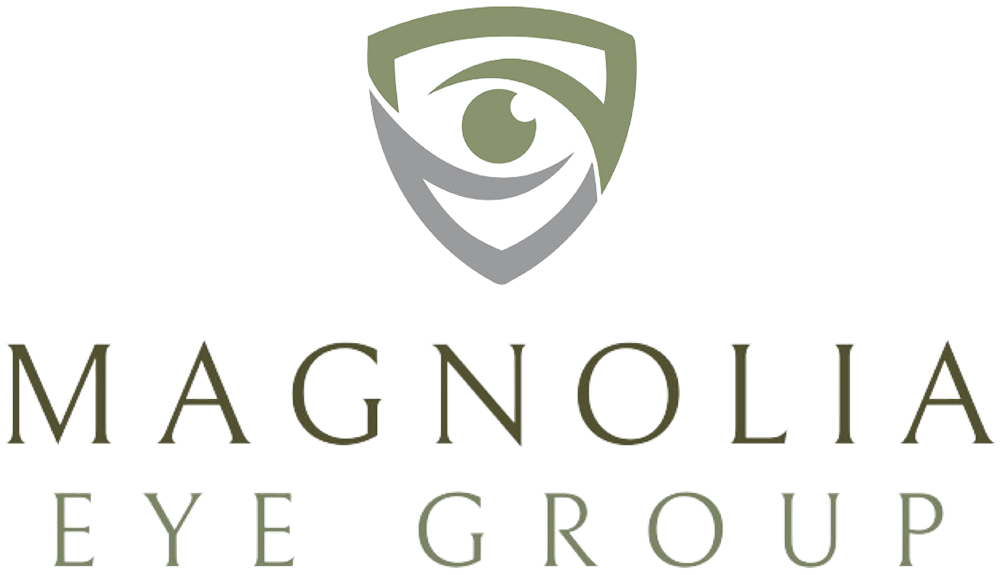Contact Lens Exams, Fittings, & Brands
At Magnolia Eye Group, we understand that choosing the right contact lenses can significantly improve your vision and quality of life. Our team of experienced optometrists specializes in fitting a wide range of contact lenses tailored to your unique eye conditions, lifestyle needs, and visual preferences. We combine advanced technology with personalized care to ensure you receive contacts that provide optimal clarity, comfort, and eye health.

Understanding Contacts
Contact lenses are thin, curved discs designed to rest on the surface of your eye to correct vision problems like nearsightedness, farsightedness, astigmatism, and presbyopia. Unlike glasses, contacts move with your eyes, providing natural vision without frames in your peripheral view. Modern contacts come in various materials and designs to address specific eye conditions and lifestyle needs.
Specialty contacts are particularly valuable for individuals with unique eye conditions, such as keratoconus, severe astigmatism, and dry eye syndrome. These advanced lenses provide improved vision and comfort in cases where standard lenses may not be effective, allowing more people to enjoy the freedom of contact lens wear despite challenging eye conditions.

Are contacts right for you?
Before we recommend contact lenses, we will perform an eye exam and an assessment of the cornea to determine which types of contact lenses would be a good option for you.
Soft contact lenses may be a good option for you if:
- You have a healthy tear film
- Your environment is free of dust and dirt in the air
- You don’t have eye diseases or conditions
If it’s determined that you may not be a good soft contact lens candidate due to the reasons above, we also fit various types of specialty contact lenses for hard-to-fit corneas.
Our Specialty Contact Lenses
At Magnolia Eye Group, we offer a comprehensive range of contact lens options to meet the diverse needs of our patients. Our experienced optometrists take the time to understand your lifestyle, visual requirements, and eye health before recommending the perfect lens solution.
Scleral Lenses
Scleral lenses are larger-diameter, rigid gas-permeable lenses that vault over the entire corneal surface and rest on the white part of your eye (the sclera). These specialty lenses create a fluid-filled layer between the lens and your cornea, providing exceptional comfort for patients with irregular corneas, severe dry eye, or other corneal conditions. Scleral lenses deliver outstanding visual clarity while protecting the corneal surface from irritation, making them an excellent option for patients who can’t wear traditional contacts comfortably.
Ortho-K Lenses
Orthokeratology (Ortho-K) lenses offer a revolutionary non-surgical approach to vision correction. These specialized, rigid lenses are worn overnight to gently reshape your cornea while you sleep. When you remove them in the morning, you can enjoy clear vision throughout the day without glasses or daytime contacts. Ortho-K lenses are particularly beneficial for controlling myopia progression in children and providing glasses-free vision for active individuals, athletes, and those working in dusty or dry environments where daytime lens wear can be challenging.
Rigid Gas-Permeable Lenses
Rigid Gas-Permeable (RGP) lenses provide exceptional visual clarity and durability compared to soft contacts. Made from firm, oxygen-permeable materials, RGP lenses maintain their shape while on the eye, delivering crisp vision for complex prescriptions and astigmatism. These lenses allow more oxygen to reach your cornea than traditional hard lenses, ensuring better long-term eye health. While they may require a slightly longer adaptation period, many patients find that the superior vision quality and durability of RGP lenses make them well worth the initial adjustment.
Our Specialty Contact Fitting Process
Comprehensive Eye Mapping
For specialty contacts like scleral or RGP lenses, we begin with advanced corneal topography to create a detailed 3D map of your eye surface. This precise mapping is especially crucial for conditions like keratoconus or irregular corneas, where standard measurements aren’t sufficient.
Diagnostic Lens Evaluation
We select several diagnostic lenses based on your eye measurements and place them on your eye to assess the fit, comfort, and vision quality. The fit of specialty lenses is evaluated with fluorescein dye and specialized equipment to visualize how the lens interacts with your eye’s surface.
Custom Lens Design
Based on diagnostic testing, we create specifications for your custom-designed specialty lenses with precise parameters for optimal vision and comfort. For scleral lenses, this includes determining the exact vault height needed to clear your cornea while maintaining proper tear exchange.
Lens Dispensing & Training
When your custom specialty lenses arrive, we’ll teach you the specific insertion, removal, and care techniques unique to your lens type. Specialty lenses like sclerals require different handling methods than conventional contacts, so we provide hands-on training until you feel completely comfortable.
Progress Evaluation
We schedule a follow-up within the first week of wear to assess how your specialty lenses are performing and make any necessary adjustments. Regular monitoring is essential with specialty contacts to ensure they continue to provide optimal vision, comfort, and eye health benefits.
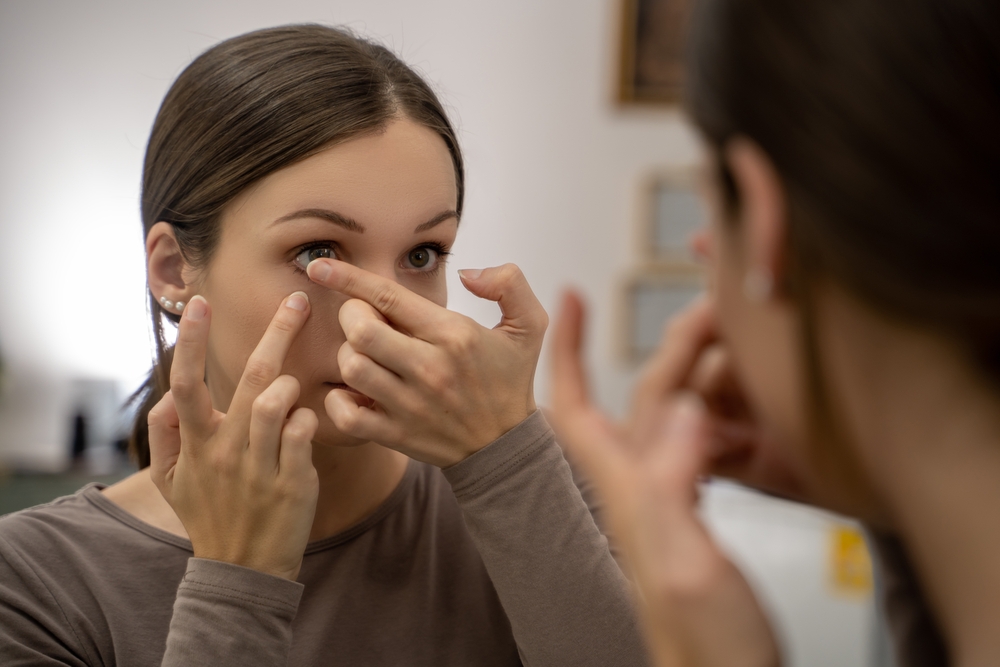
Scleral Lenses for Keratoconus, Dry Eye, & Astigmatism
Scleral lenses are enhancing our approach to treating various eye conditions, providing a beacon of hope for those living with conditions like keratoconus, severe dry eye, and astigmatism.
These lenses offer vision correction, comfort, and protection for the eyes. We can help you learn more about the scleral lenses we offer and how they might support your vision and eye comfort—as well as the specific benefits they offer for conditions like keratoconus, dry eye, and astigmatism.
Keratoconus
Keratoconus is an eye condition characterized by the thinning of the cornea, which then bulges into a cone-like shape.
Unlike standard contact lenses, scleral lenses vault over the cornea, resting on the white part of the eye (the sclera) and creating a smooth optical surface. This design helps correct the distorted vision caused by keratoconus but also provides comfort and clarity that traditional contacts may not offer for people with keratoconus.
Dry Eye
Severe dry eye syndrome can significantly affect your quality of life, leading to discomfort, redness, and irritation. Traditional contact lenses can sometimes exacerbate these symptoms, but scleral lenses can help.
Due to their unique design, scleral lenses can store moisture in a reservoir between the lens and the cornea. This moisture can help alleviate dry eye symptoms and reduce the need for artificial tears or other moisture-inducing eye drops.
Astigmatism
Astigmatism is an irregular curvature of the cornea, leading to blurred or distorted vision at both near and far distances. Correcting astigmatism requires a lens that can accommodate the cornea’s irregular shape, and scleral lenses can be an excellent choice for this task.
The custom fit and specialty design of scleral lenses help them sit on an irregularly shaped cornea while providing a smooth refractive surface that corrects vision.
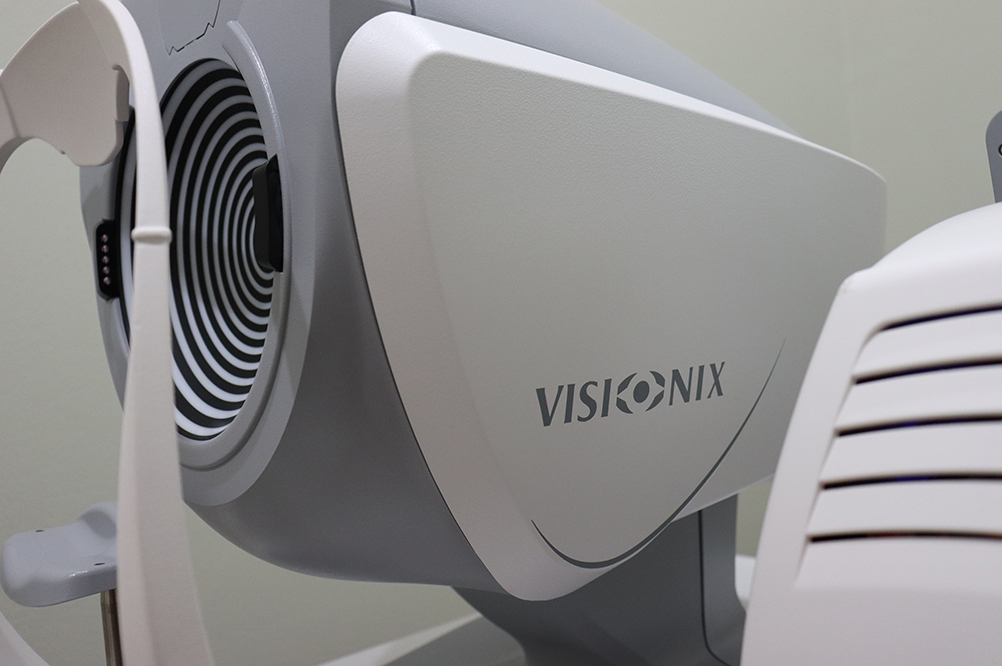
Contact Lens Fitting Technology
We offer personalized contact lens fittings using a range of modern fitting technology.
We can determine which lens type is right for your vision and lifestyle through detailed cornea exams and high-resolution imaging technology.
Corneal Topography
Corneal topography is a technology used in contact lens fittings that provides a detailed map of your cornea. This map gives optometrists a precise understanding of how contact lenses can help correct your vision.
The accuracy of corneal topography makes it essential for those who require specialized prescriptions or complex vision correction solutions.
Anterior Segment Camera
An anterior segment camera is an imaging device used to help us accurately detect abnormalities in the front area of the eye.
This type of imaging helps us detect potential issues affecting your eye health, as it gives us a better picture of the structure and curvature of the eye.
Why Choose Us for Contacts
At Magnolia Eye Group, our optometrists have advanced training in fitting all types of contact lenses, including complex specialty designs for conditions like keratoconus and severe dry eye. We invest in cutting-edge diagnostic technology to precisely map your cornea and tear film, ensuring the most accurate lens fit possible for optimal vision and comfort. Our practice maintains a wide selection of diagnostic lenses and provides comprehensive education and support throughout your contact lens journey, from initial fitting to long-term care.
Our Brands

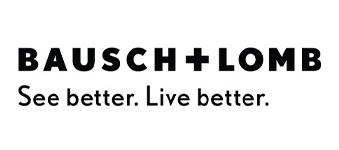
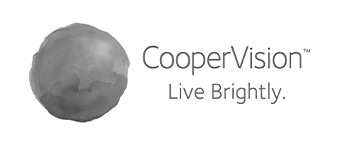
Experience Clear Vision with Custom Contacts
Ready to experience the freedom and clarity that the right contact lenses can provide? Whether you’re new to contacts or looking to upgrade your current lenses, our team at Magnolia Eye Group is here to help you find your perfect match. Schedule your comprehensive contact lens evaluation today by calling our office or booking online through our website.
FAQs
How much do contact lenses cost?
Standard soft contacts typically range from $200-$400 annually for disposable lenses plus fitting fees. Specialty contacts like scleral lenses or Ortho-K can cost between $800-$2,000 initially, reflecting their custom design and advanced materials.
How to remove contact lenses?
For soft lenses, wash your hands, gently slide the lens downward with your index finger, then pinch it between your thumb and index finger to remove. For rigid lenses, place your index finger at the outer corner of your eyelid, then pull outward while blinking to pop the lens out.
Do contact lenses expire?
Yes, all contact lenses have expiration dates, typically 3-5 years from manufacture for unopened packages. Each lens also has a recommended wearing period (daily, bi-weekly, monthly) that should never be exceeded, regardless of the package expiration date.
How to put on contact lenses?
Place the clean lens on your index fingertip with the concave side up, then use your other hand to hold your eyelids open. Look straight ahead, position the lens over your iris, gently place it on your eye, then slowly release your eyelids and blink softly.
Can you swim with contact lenses?
Swimming with contact lenses is not recommended as water contains microorganisms that can cause serious eye infections. If you must wear contacts during water activities, use daily disposable lenses with tight-fitting swim goggles and discard the lenses immediately afterward.
